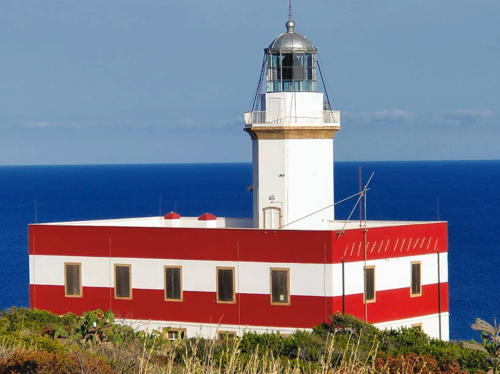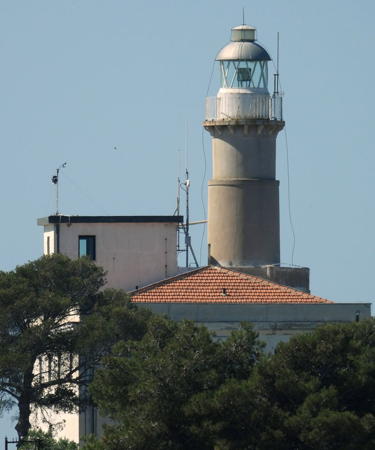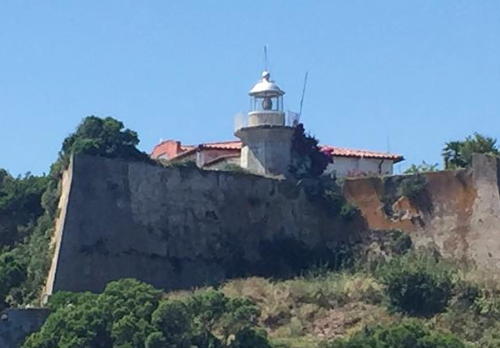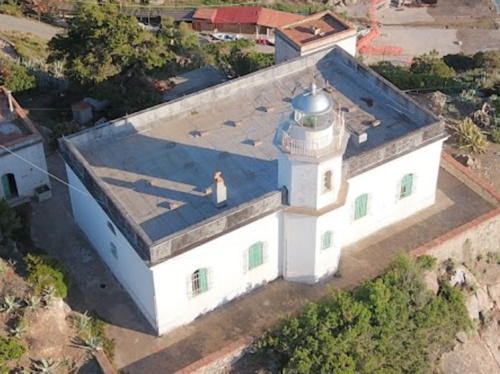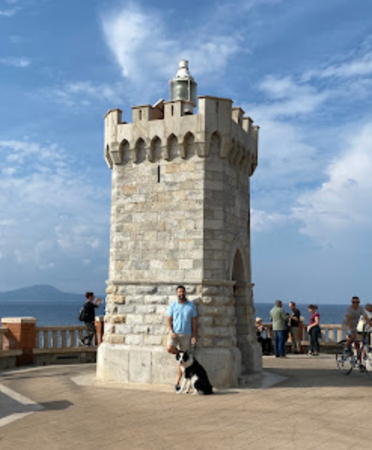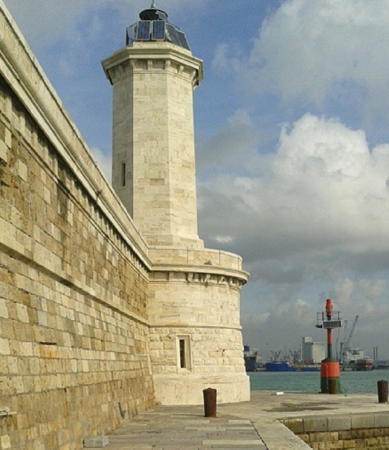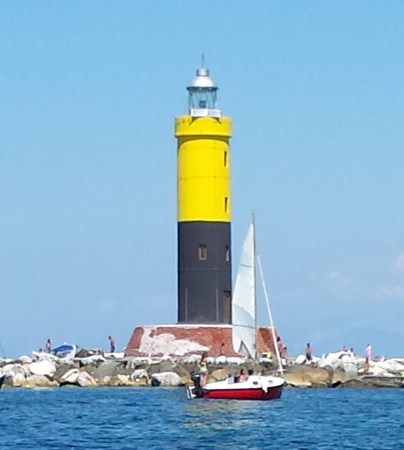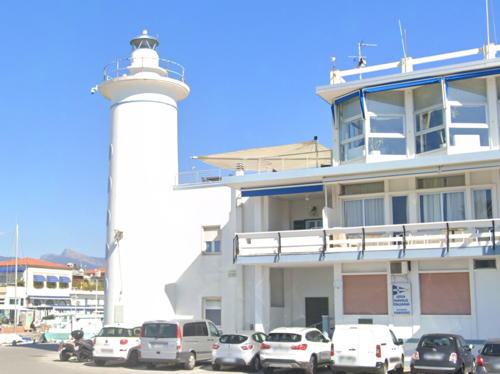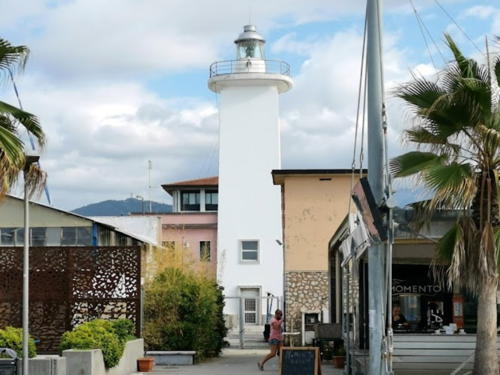Most of Italy (officially the Italian Republic, Repubblica Italiana in Italian) occupies a long peninsula in the Mediterranean Sea, with the Adriatic and Ionian Seas on the east and the Ligurian and Tyrrhenian Seas to the west; the country also includes the Mediterranean's two largest islands, Sicily and Sardinia, and many smaller islands. With this geography Italy has a very long coastline reckoned by geographers at about 7600 km (4722 mi). Guarding this coast are many lighthouses; the Directory lists more than 400.
Italy is divided into 20 regions (regioni), many of them well known outside the country in their own right; the regions are subdivided into provinces. The Italian region of Toscana (better known in English as Tuscany) is located in the northwestern part of the country bordering the Ligurian Sea to the northwest and the Tyrrhenian Sea to the southwest. The region also includes the island of Elba and a number of other islands known collectively as the Tuscan Islands (Arcipelago Toscano). Livorno (Leghorn) is the only major Tuscan port, although there are many smaller ports.
Tuscany was an independent grand duchy until it joined in the formation of Italy in 1859-60. Several of its lighthouses were built by the Grand Duchy before unification.
The Italian word for a lighthouse is faro, plural fari. This name is usually reserved for the larger coastal lights; smaller beacons are called fanali. In Italian isola is an island, isolotto is an islet, secca is a shoal, cabo is a cape, punta is a point of land, baia is a bay, stretto is a strait, fiume is a river, and porto is a harbor.
Aids to navigation in Italy are operated and maintained by the Italian Navy's Servizio dei Fari e del Segnalamento Marittimo (Lighthouse and Maritime Signal Service). Lighthouse properties are naval reservations, generally fenced and closed to the public.
ARLHS numbers are from the ARLHS World List of Lights. EF numbers are from the Italian Navy's light list, Elenco Fari. Admiralty numbers are from volume E of the Admiralty List of Lights & Fog Signals. U.S. NGA List numbers are from Publication 113.
- General Sources
- Fari e Segnalamenti
- Lighthouse information from the Italian Navy's Servizio dei Fari.
- Online List of Lights - Italy
- Photos by verious photographers posted by Alexander Trabas. Some of the photos for this area are by Capt. Peter Mosselberger ("Capt. Peter").
- Cyberlights Lighthouses - Italy - Toscana
- Photos of Tuscan lighthouses by Egidio Ferrighi, posted by Gary Richardson and Anna Klein.
- Lighthouses in Italy
- Aerial photos posted by Marinas.com.
- Wikimedia: Lighthouses in Italy
- Photos by various photographers available in Wikimedia Commons.
- World of Lighthouses - Italy
- Photos by various photographers available from Lightphotos.net.
- Italienische Leuchttürme auf Historischen Postkarten
- Historic postcard images posted by Klaus Huelse.
- GPSNauticalCharts
- Navigational chart information for the Ligurian Sea.
- Navionics Charts
- Navigational chart for Tuscany.

Livorno Light, Livorno, March 2023
Google Maps photo by Chionne Tonson

